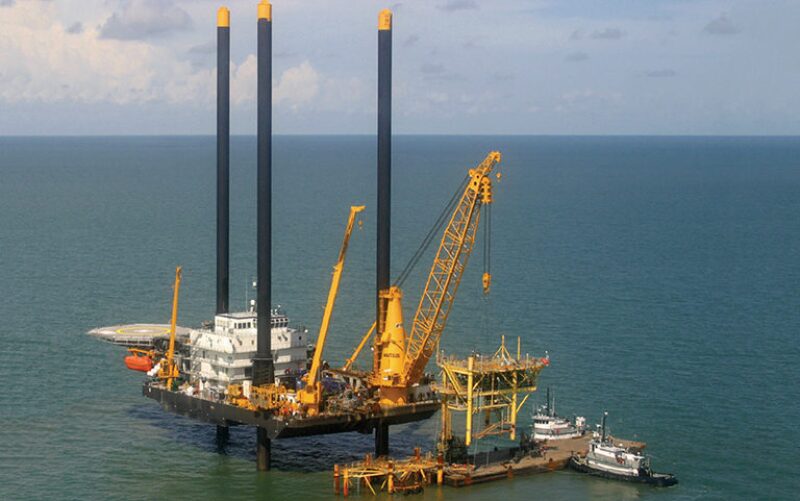With regulatory pressure and the cost of decommissioning increasing, many operators are seeking new and better decommissioning methods that could get more work done safely and at a lower cost. New technologies have made possible a new, optimized decommissioning methodology. The size and capabilities of a newly designed and constructed liftboat allowed a departure from the traditional method of performing decommissioning work steps sequentially to a new method of performing the majority of work steps concurrently.
Introduction
A government study and subsequent safety alert following the severe hurricanes of 2004 and 2005 that toppled 123 structures and 800 wells in the US Gulf of Mexico outer continental shelf prompted the US Minerals Management Service to recommend that “operators … review and evaluate their inventory of nonproducing wells and facilities to determine the future utility of these structures and the level of threat posed to the environment and human safety should a facility experience a catastrophic loss.” Following another severe hurricane season in 2008, when another 200 wells and 54 structures were damaged or toppled, the US Department of the Interior’s Bureau of Ocean Energy Management Regulation and Enforcement issued Notice to Lessees (NTL) No. 2010-G05, commonly referred to as the “Idle-Iron NTL.” This NTL, for the first time, provided decommissioning guidance for wells and structures on active leases reaching far beyond the decommissioning requirements codified into law that only required decommissioning within 1 year of lease expiration or lease relinquishment.
The newly issued guidelines specified the maximum number of years that wells and structures were allowed to remain idle before they had to be decommissioned and removed.


